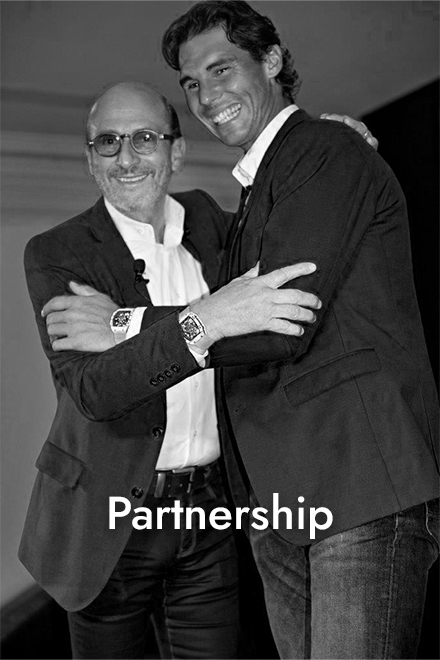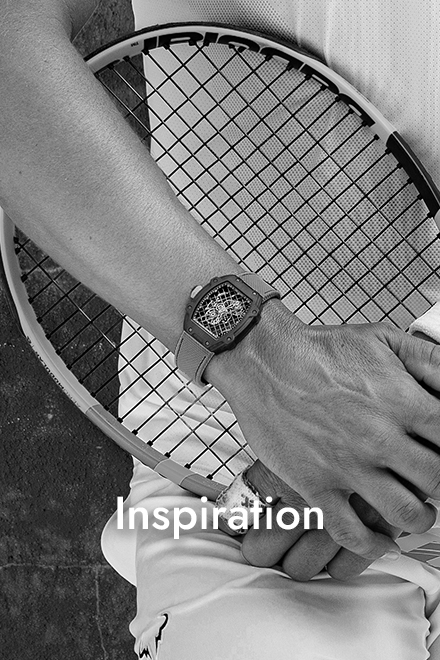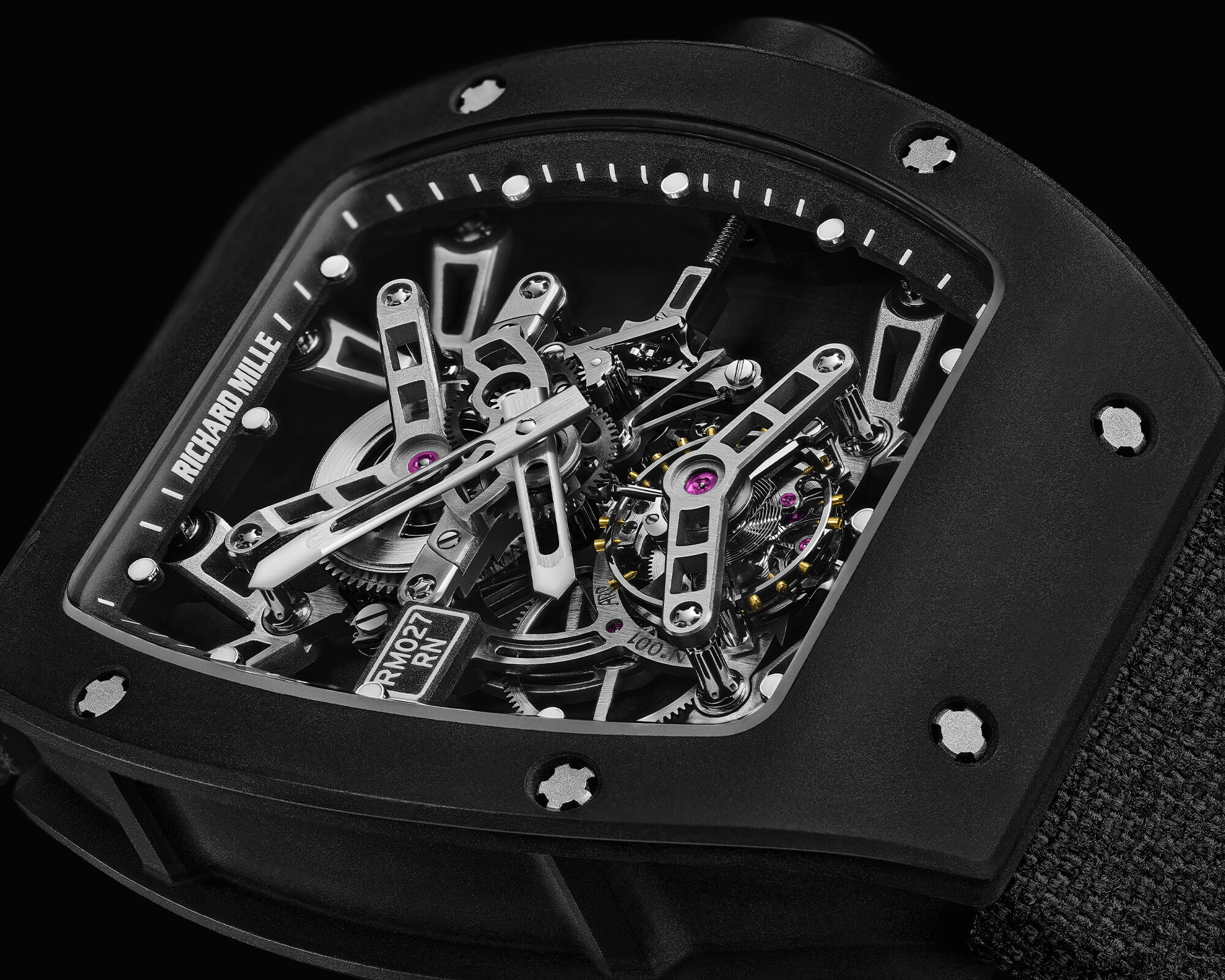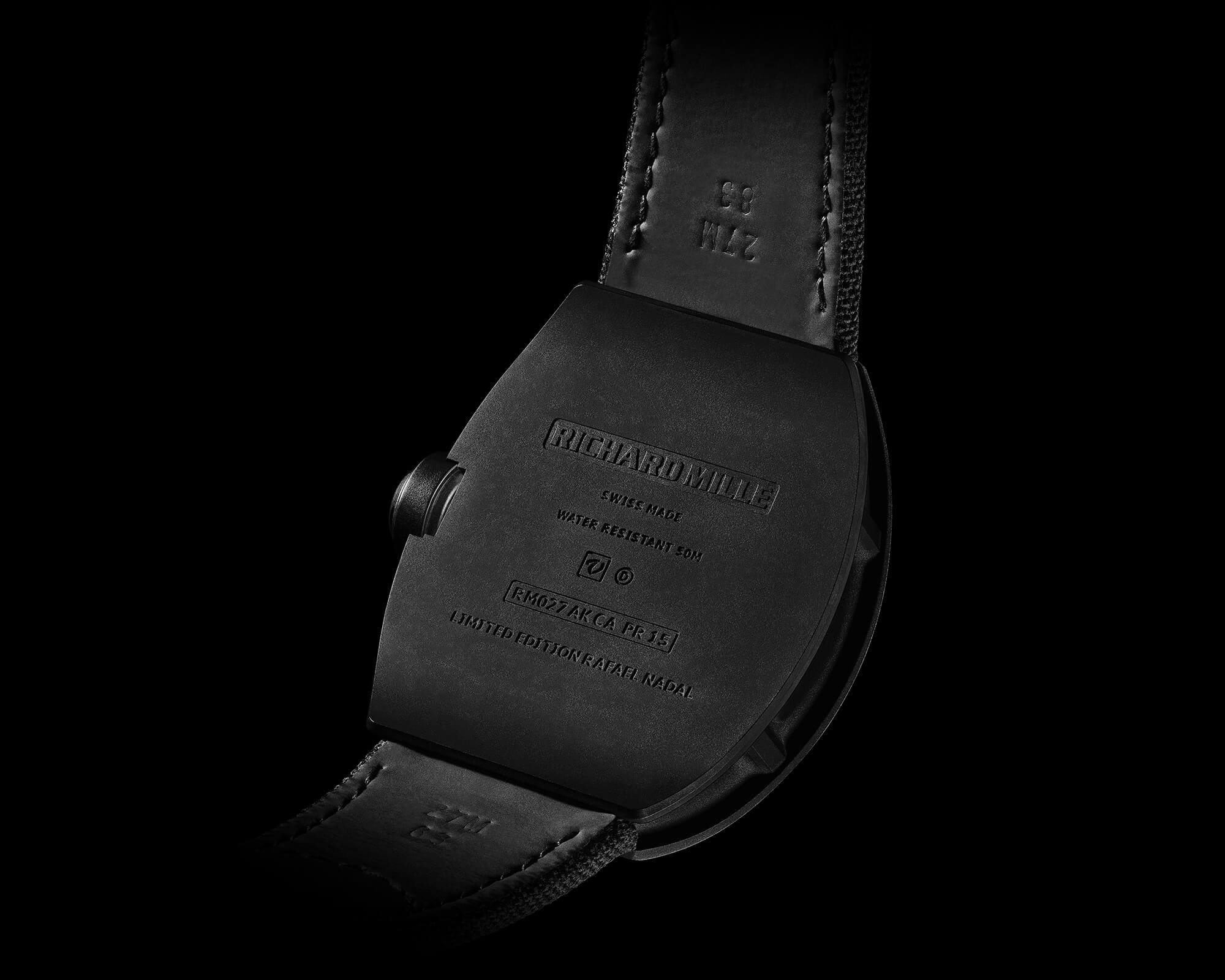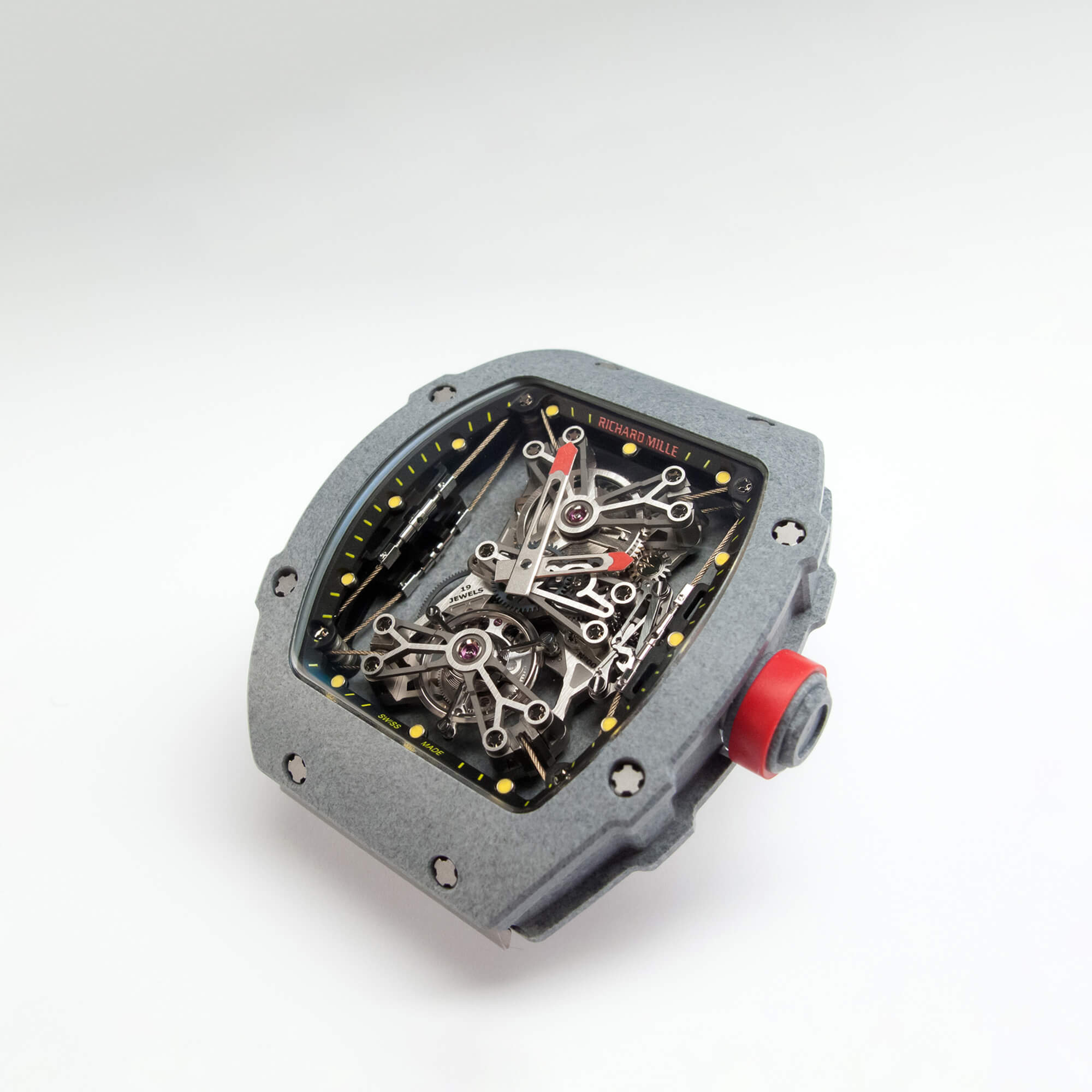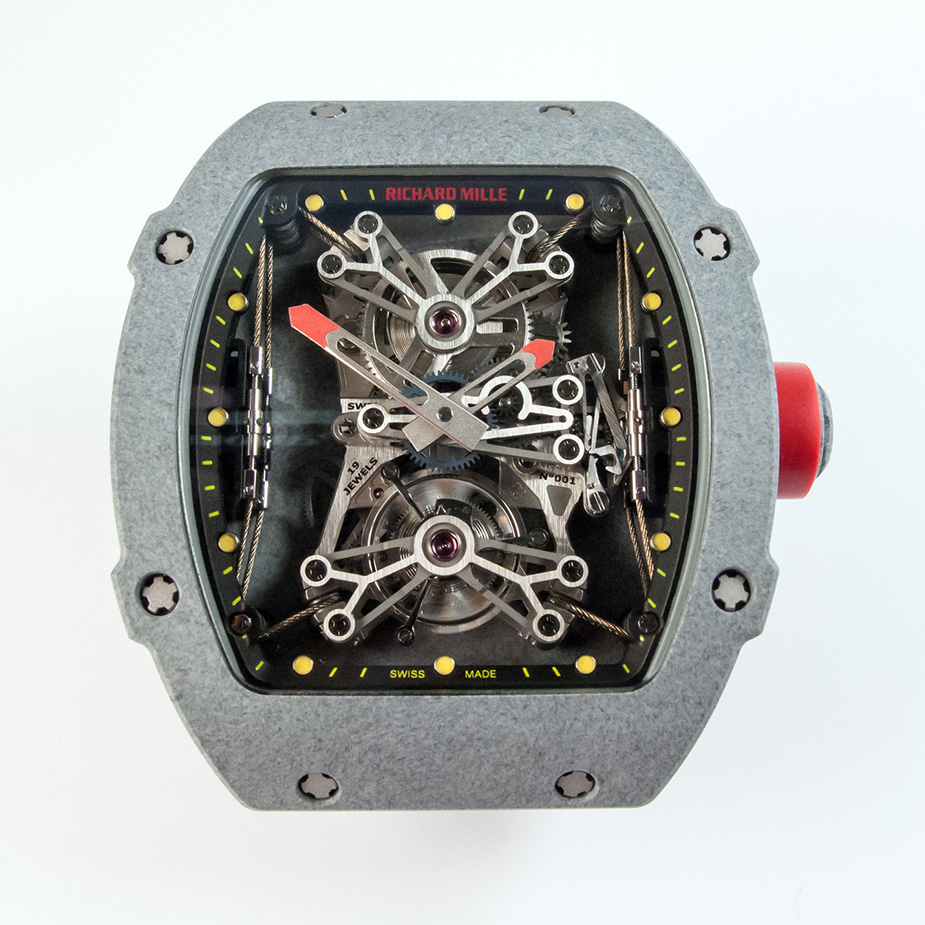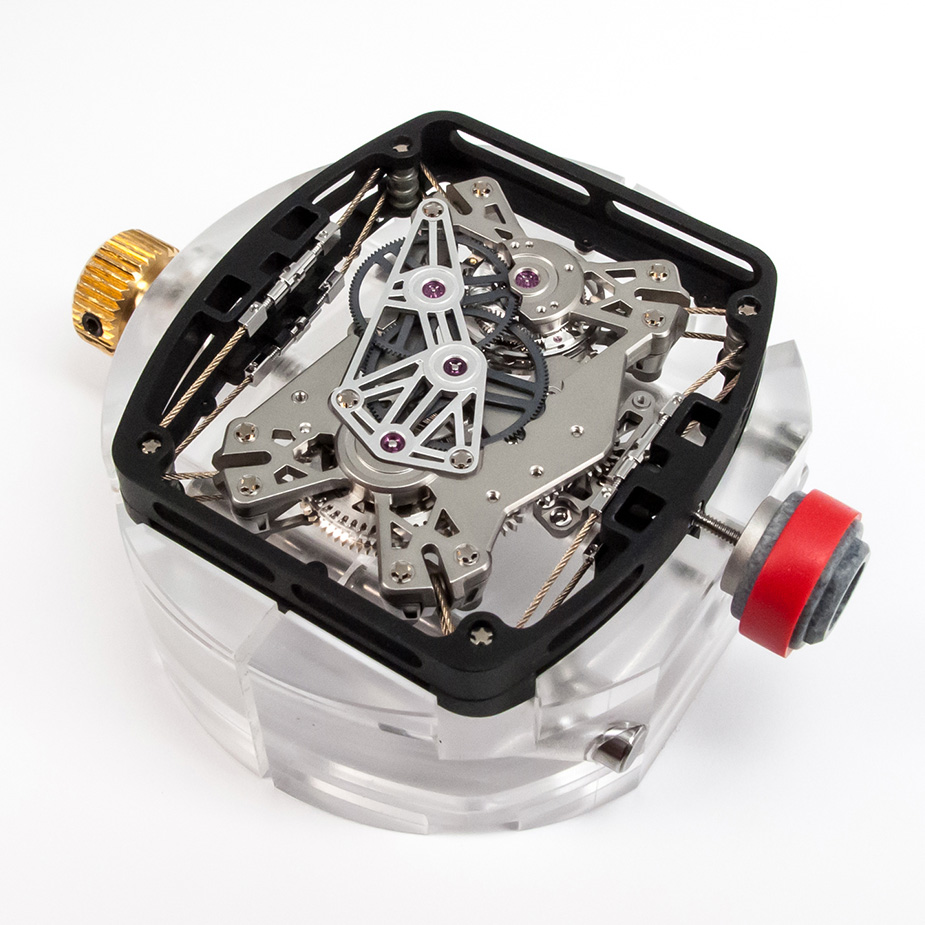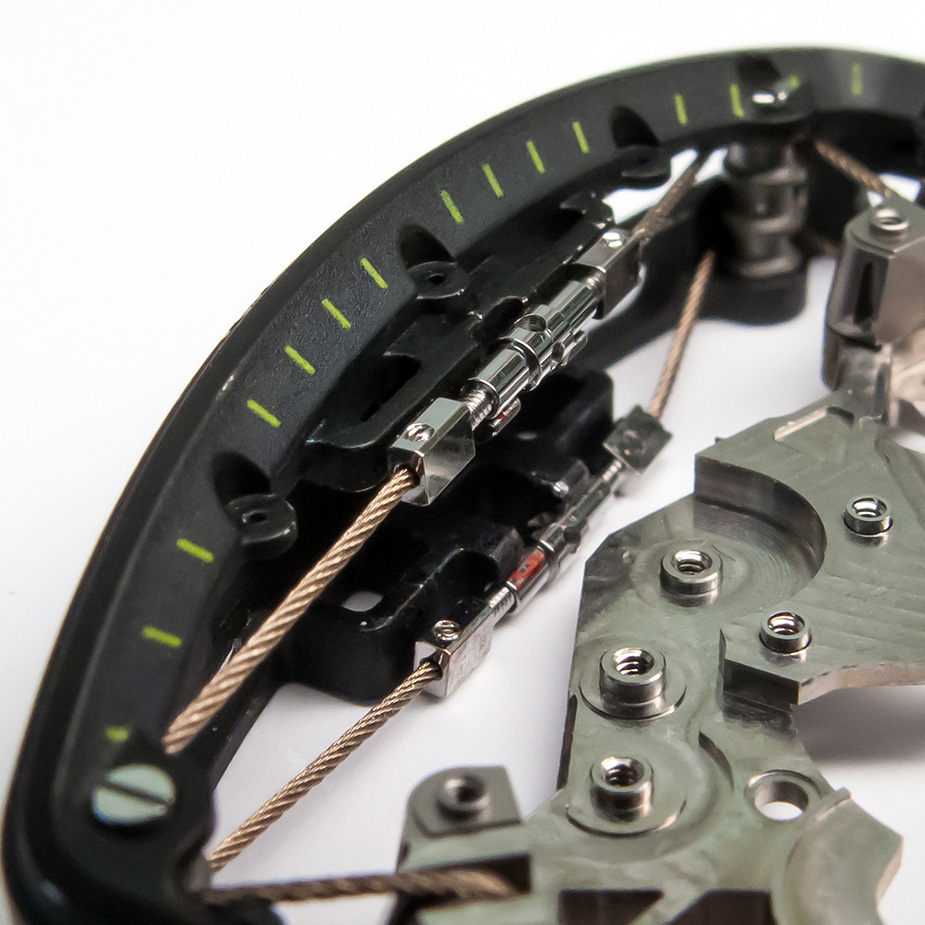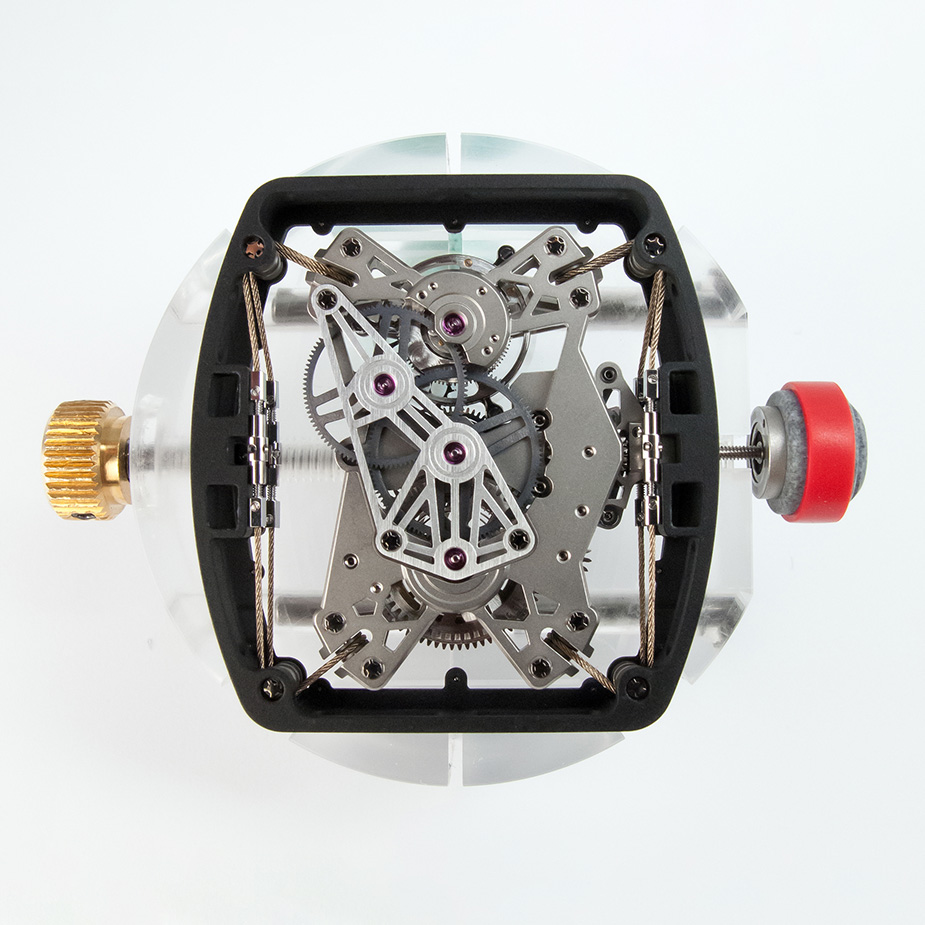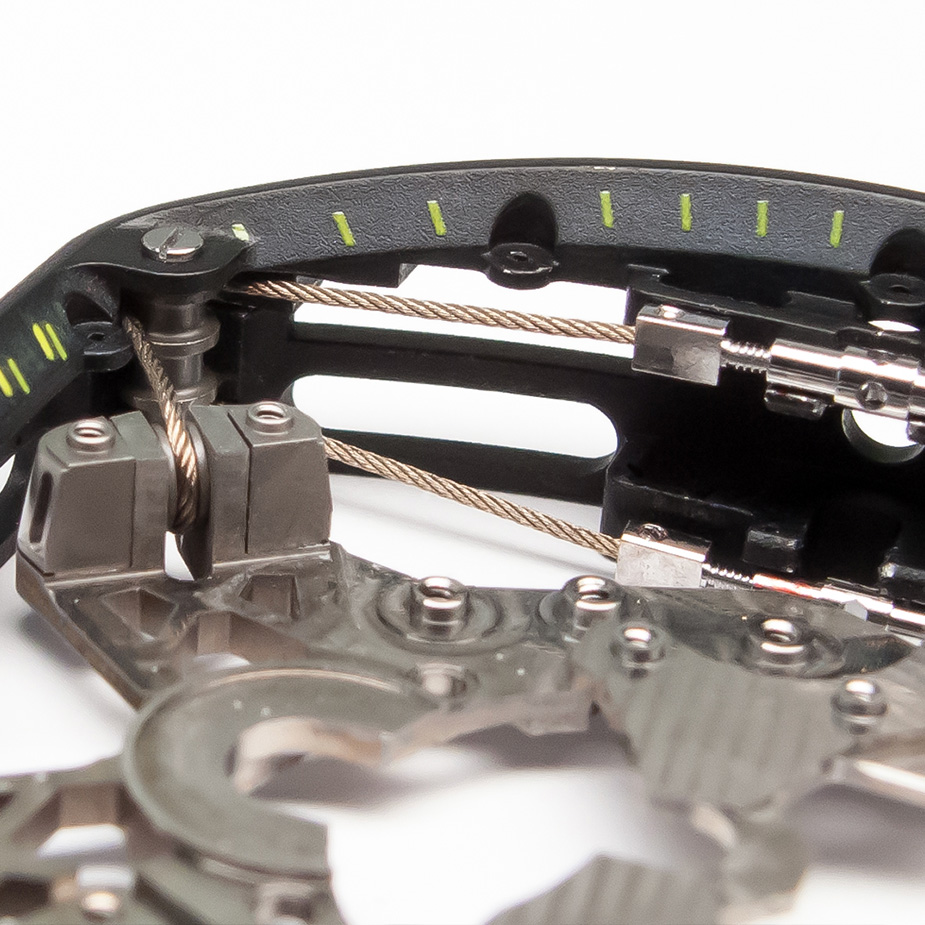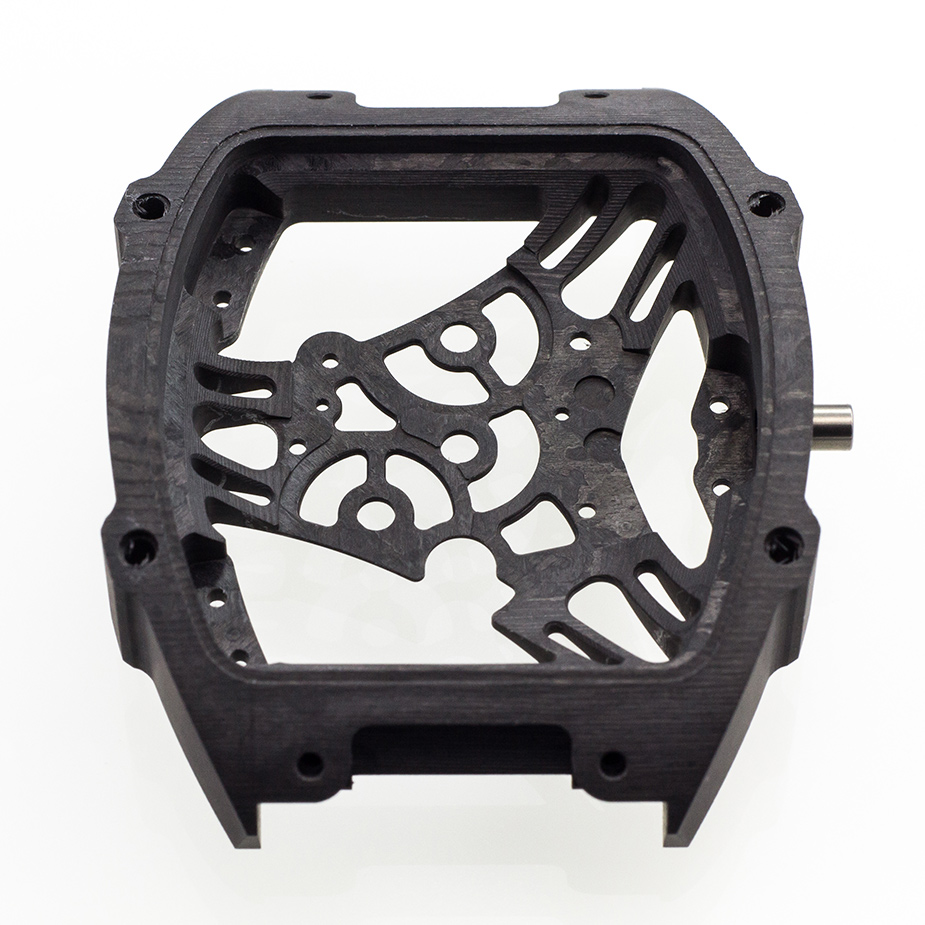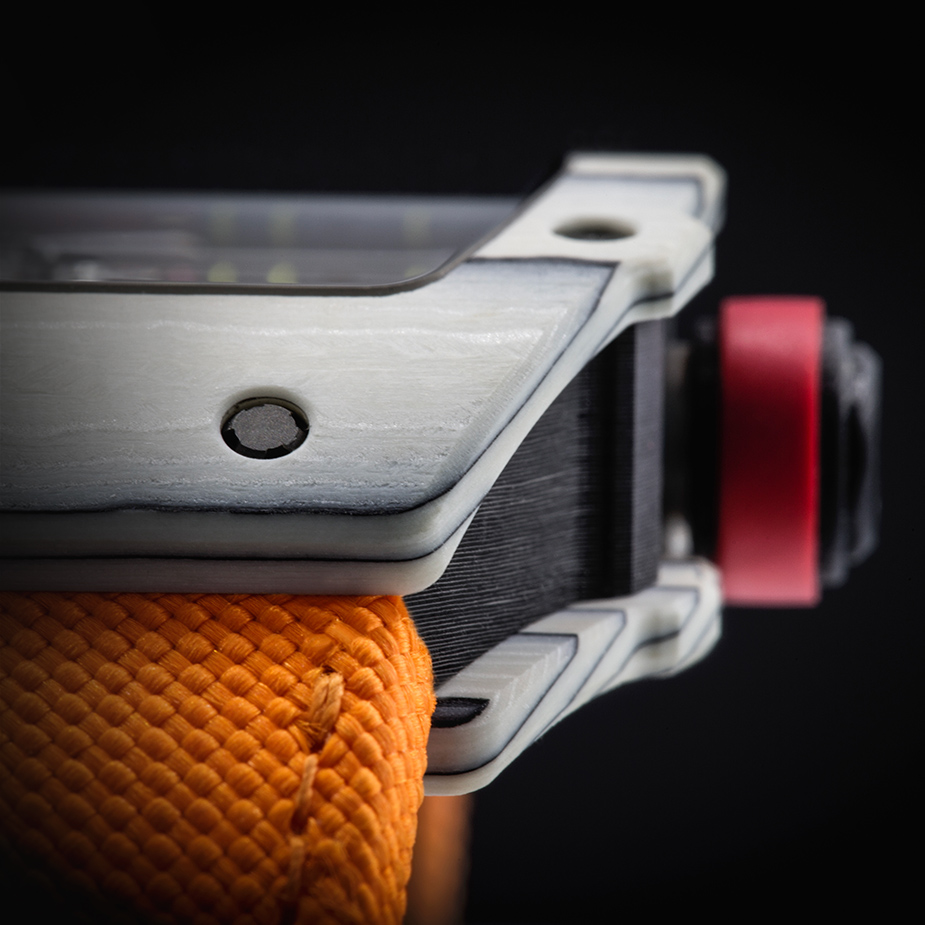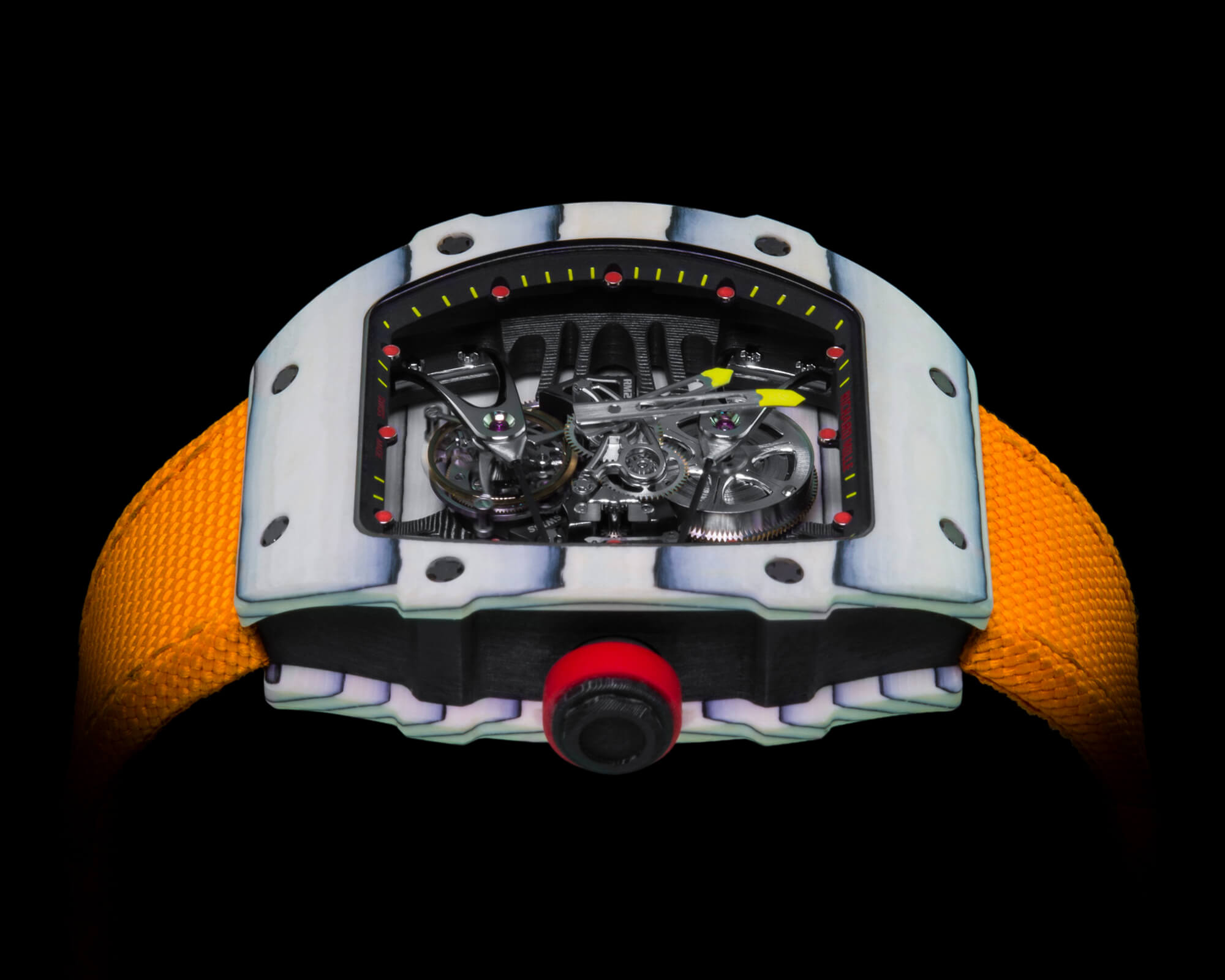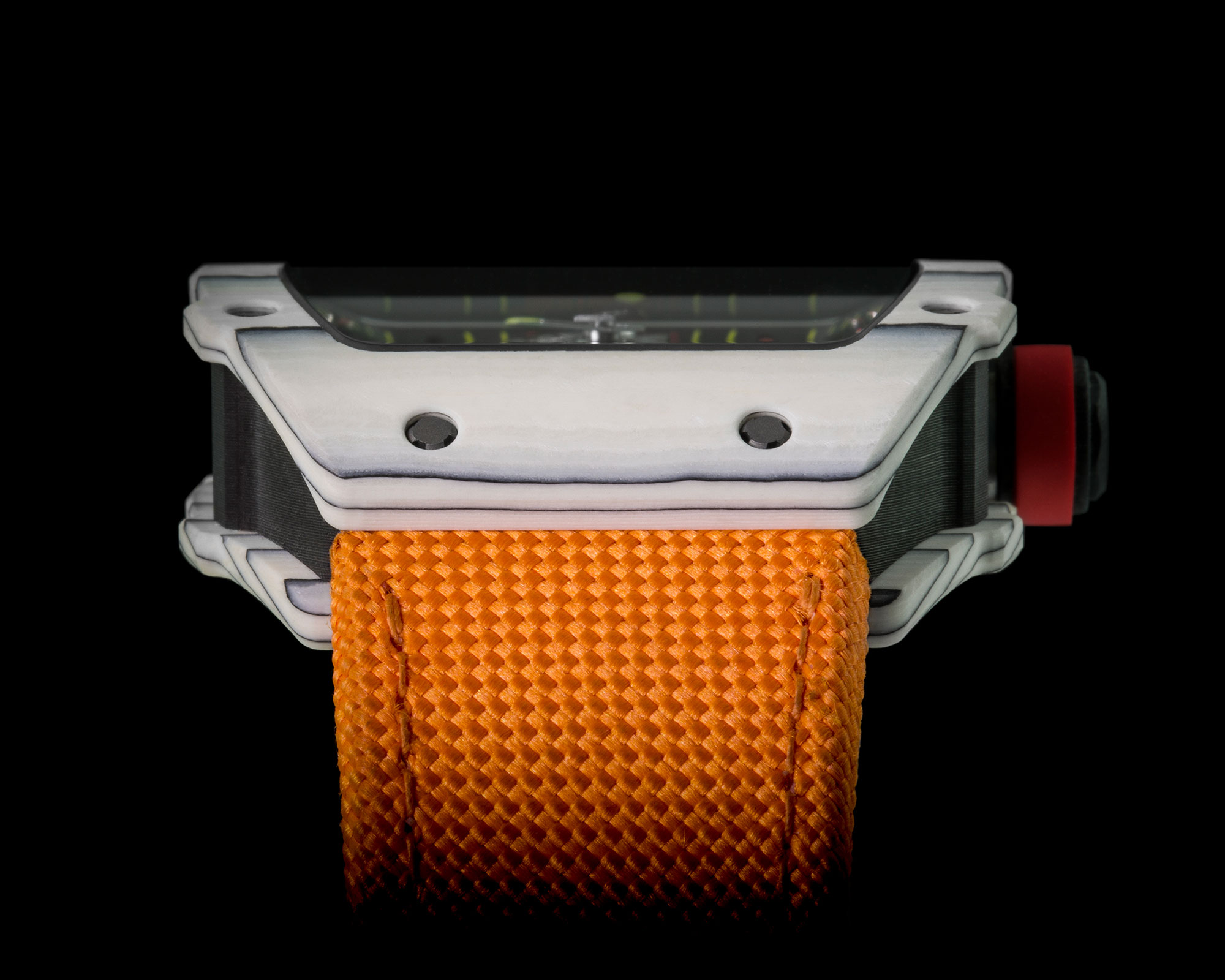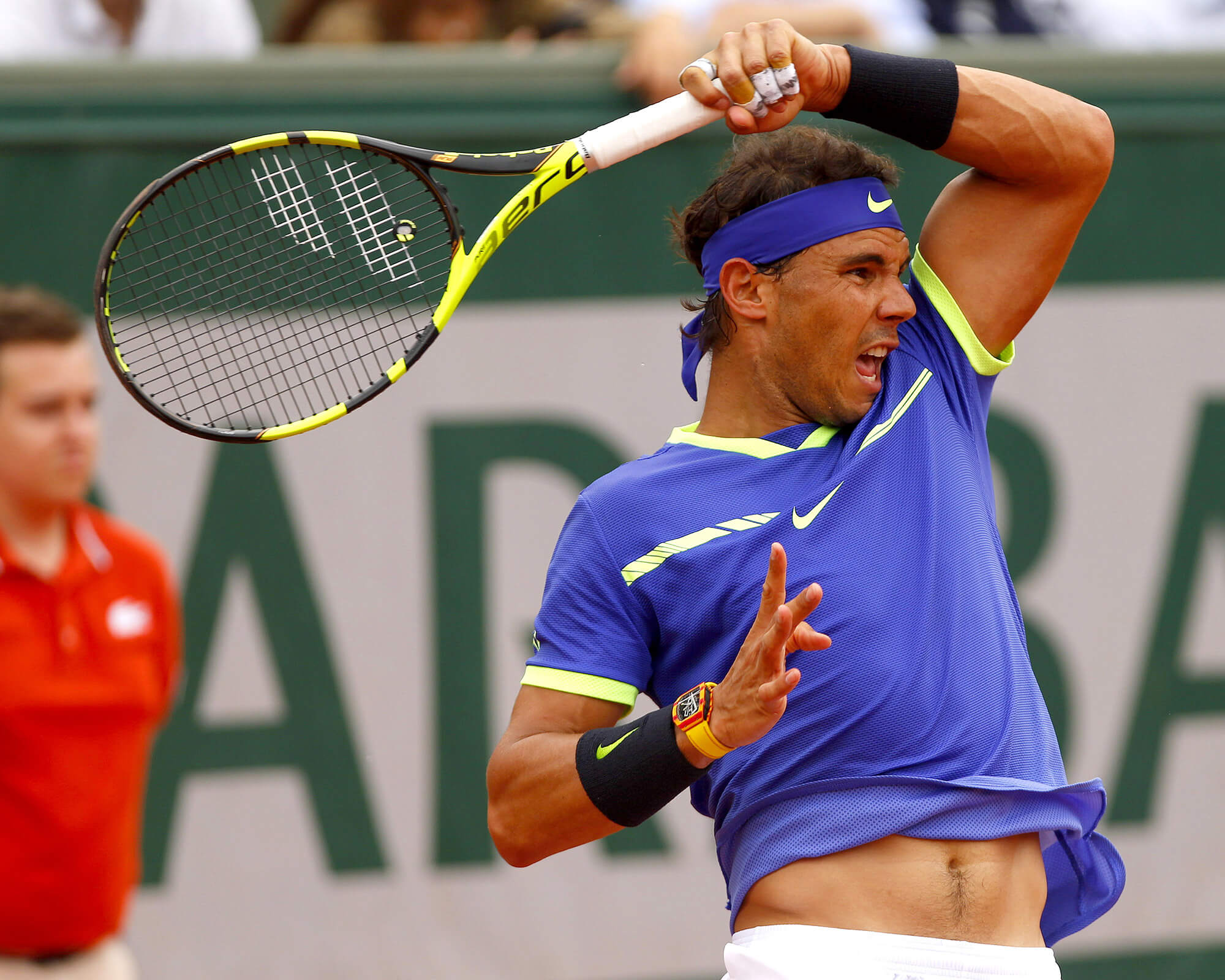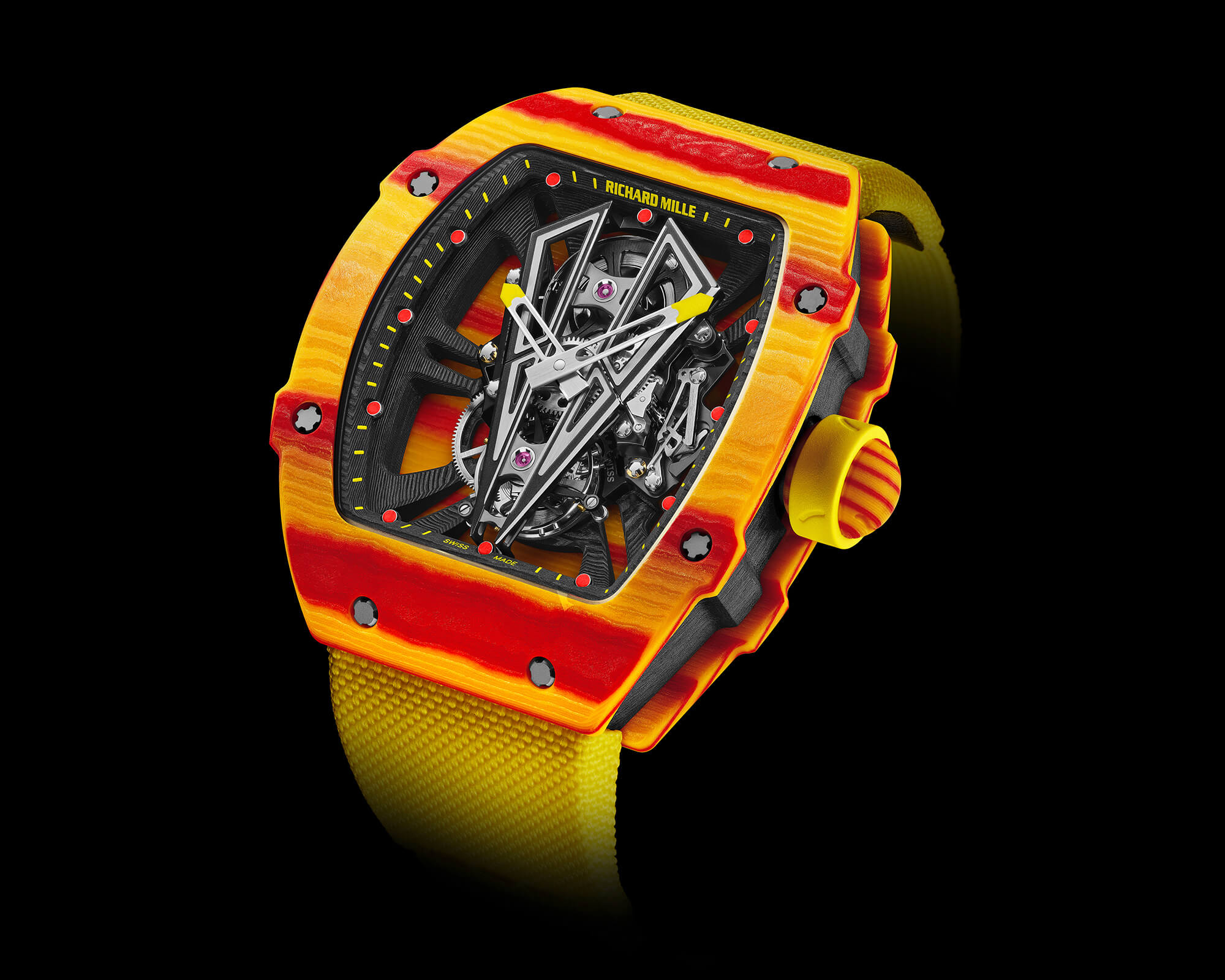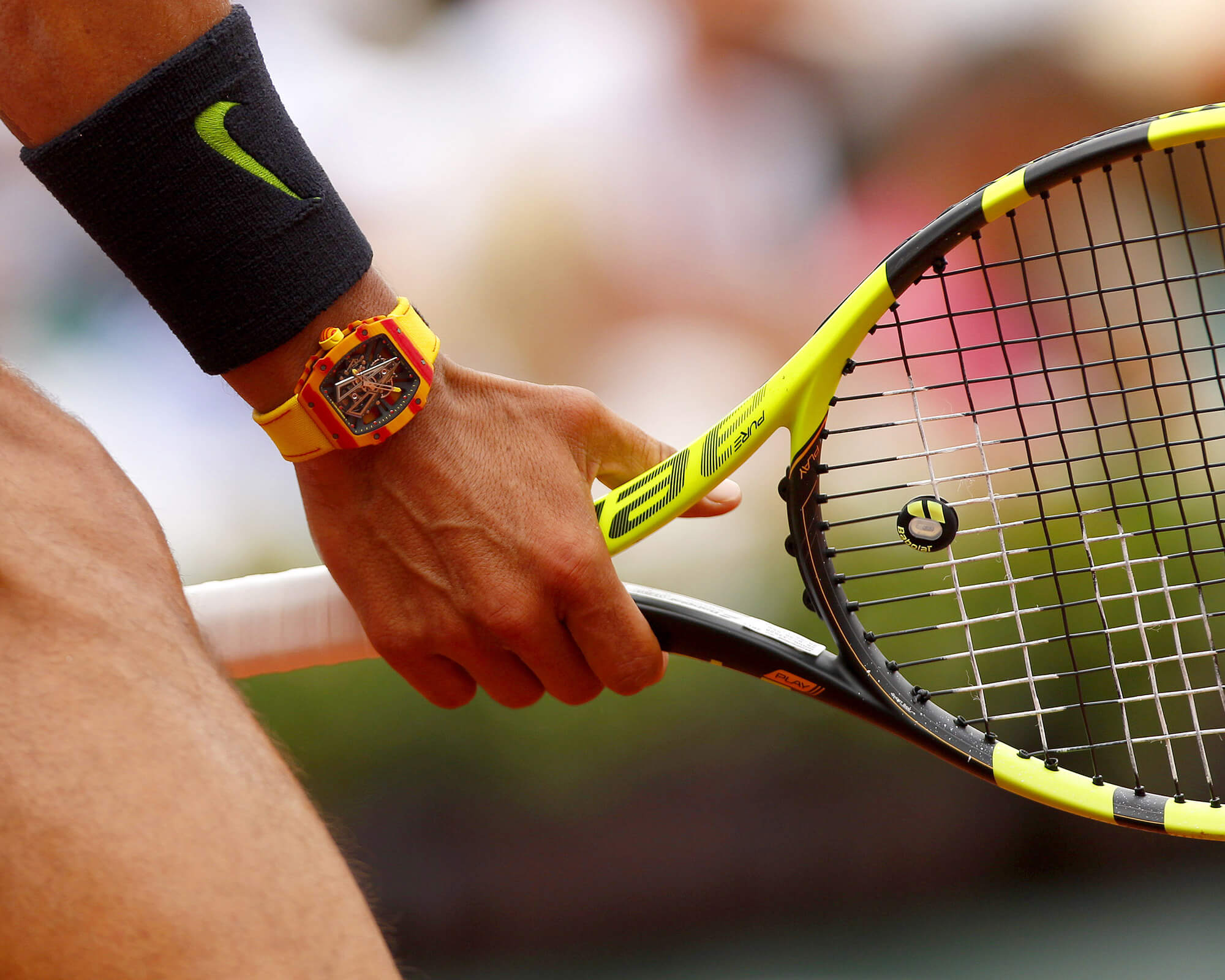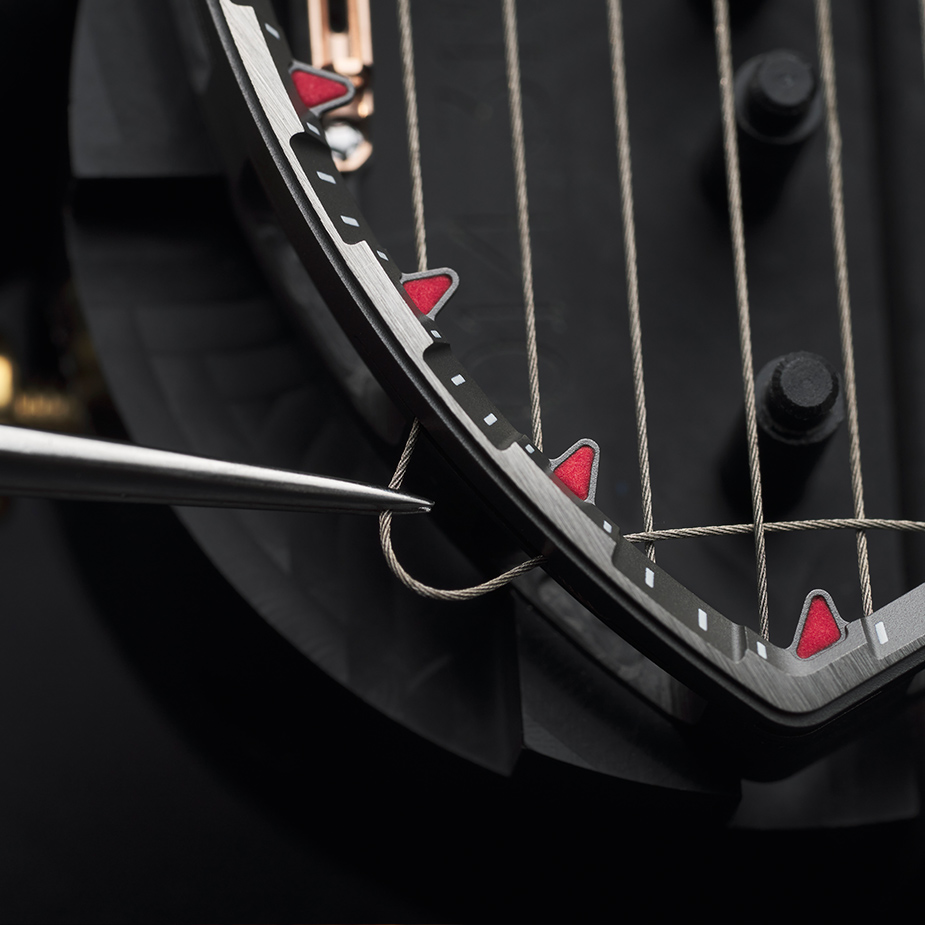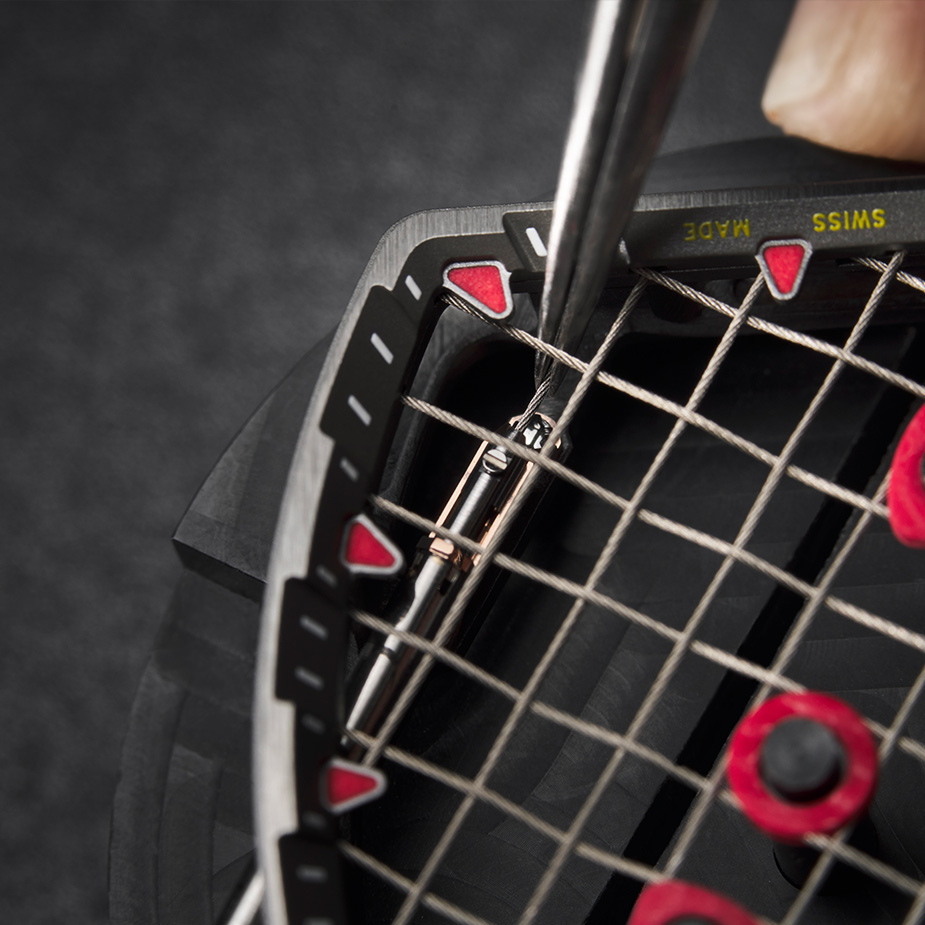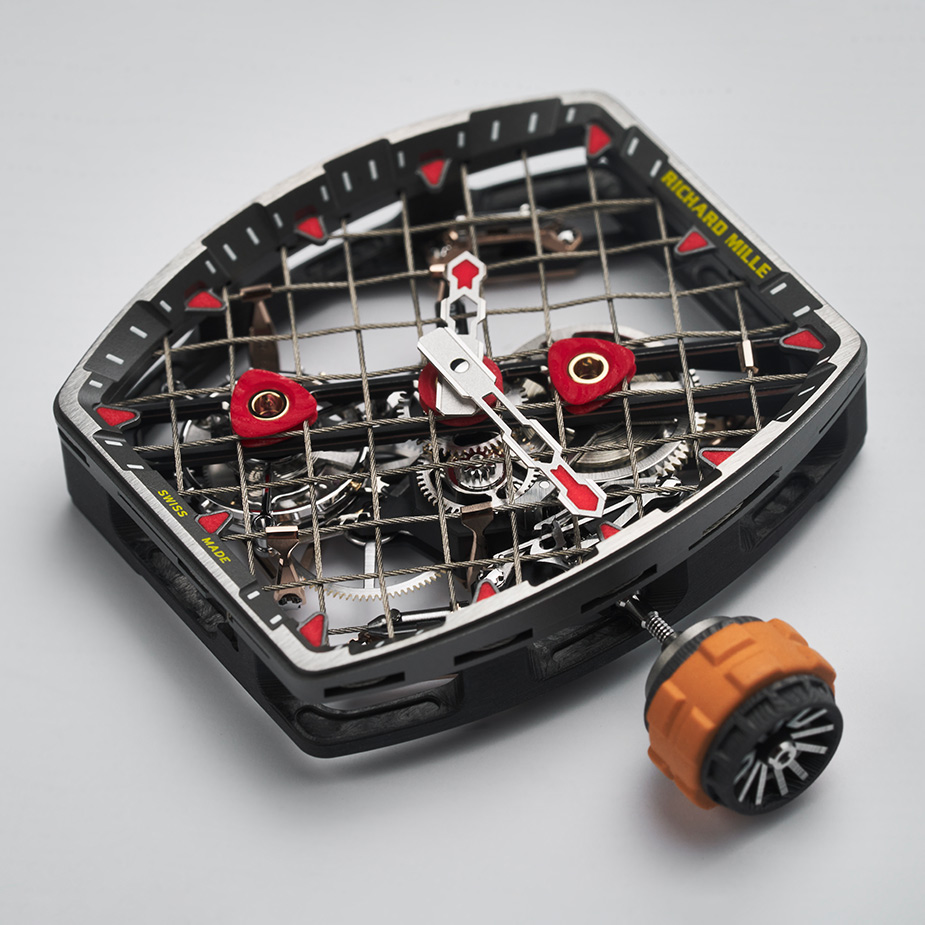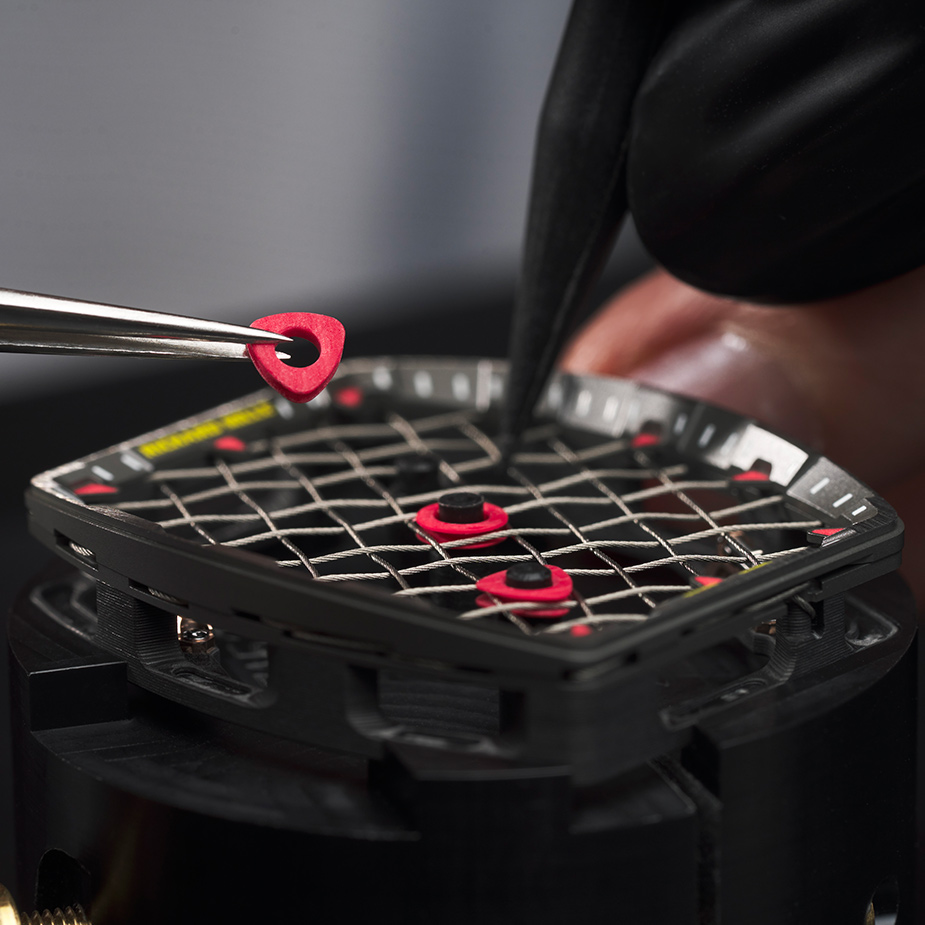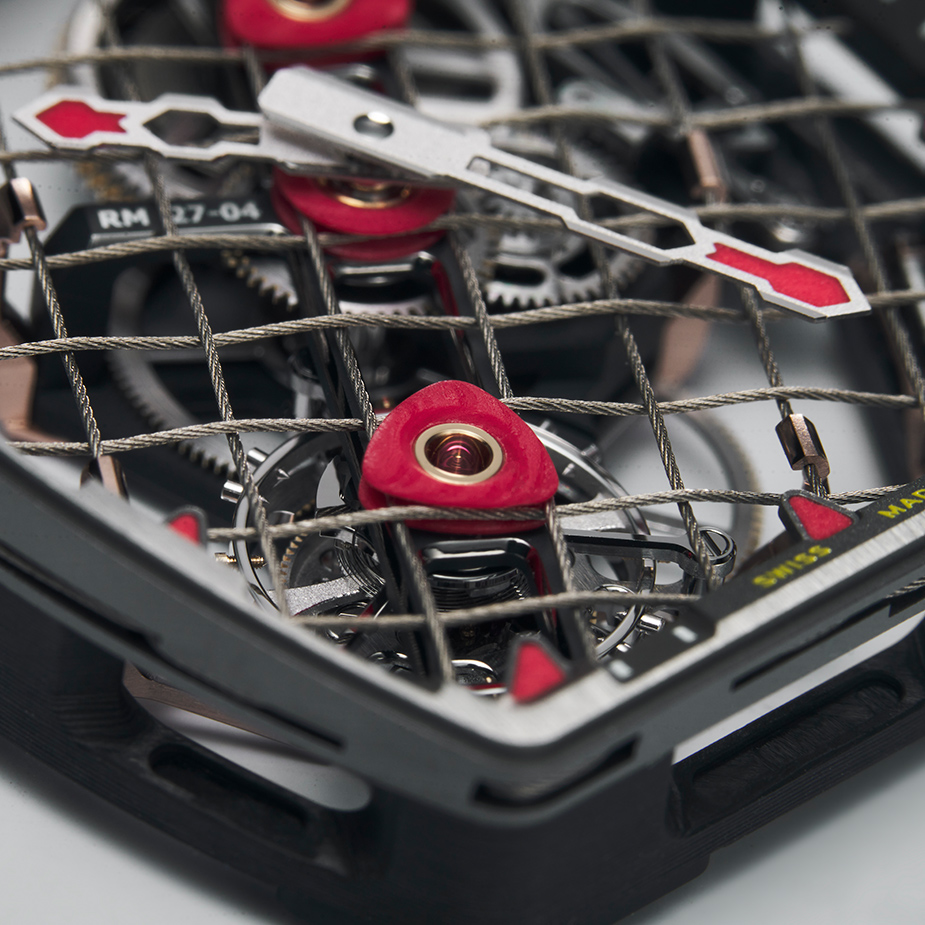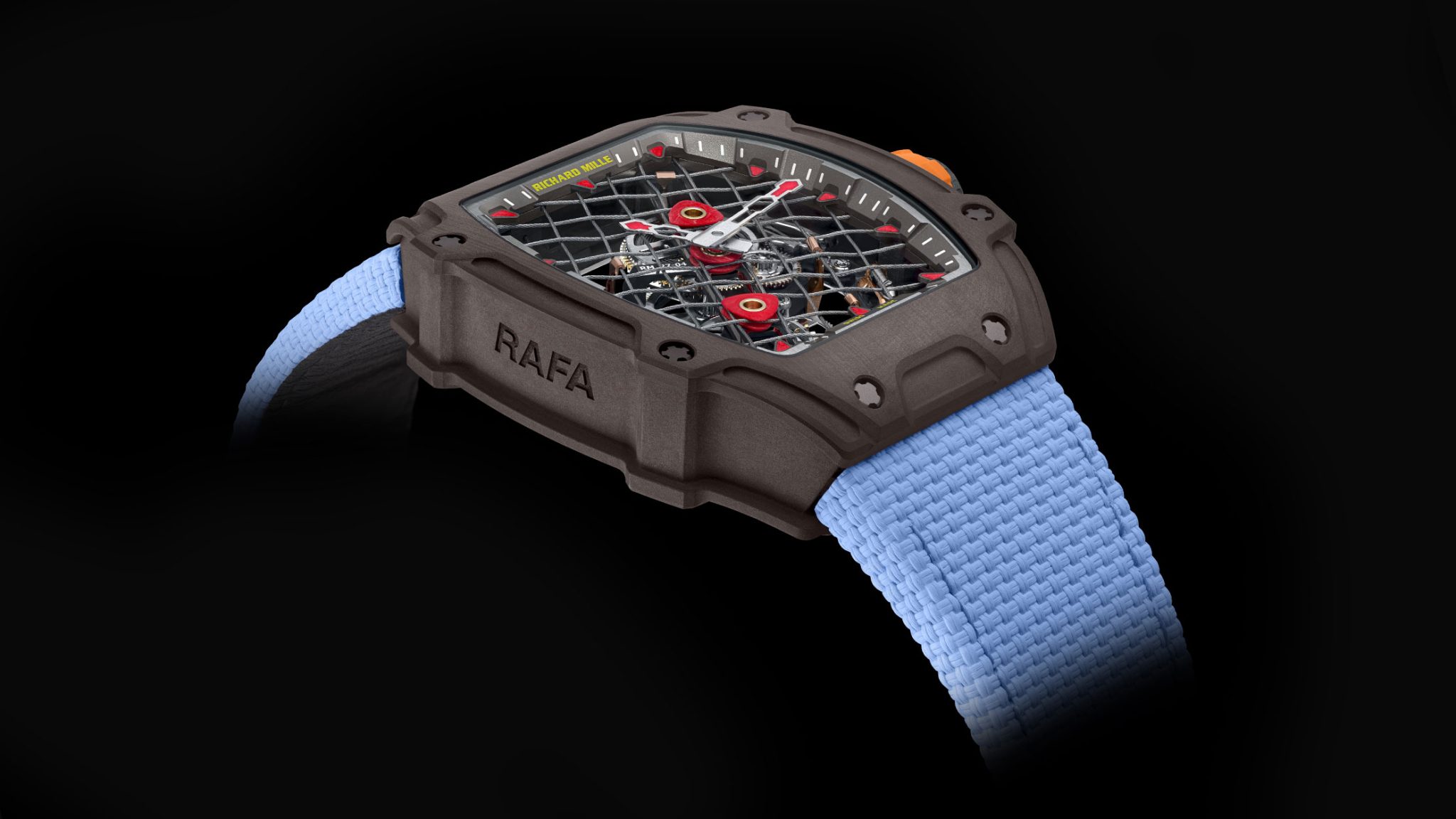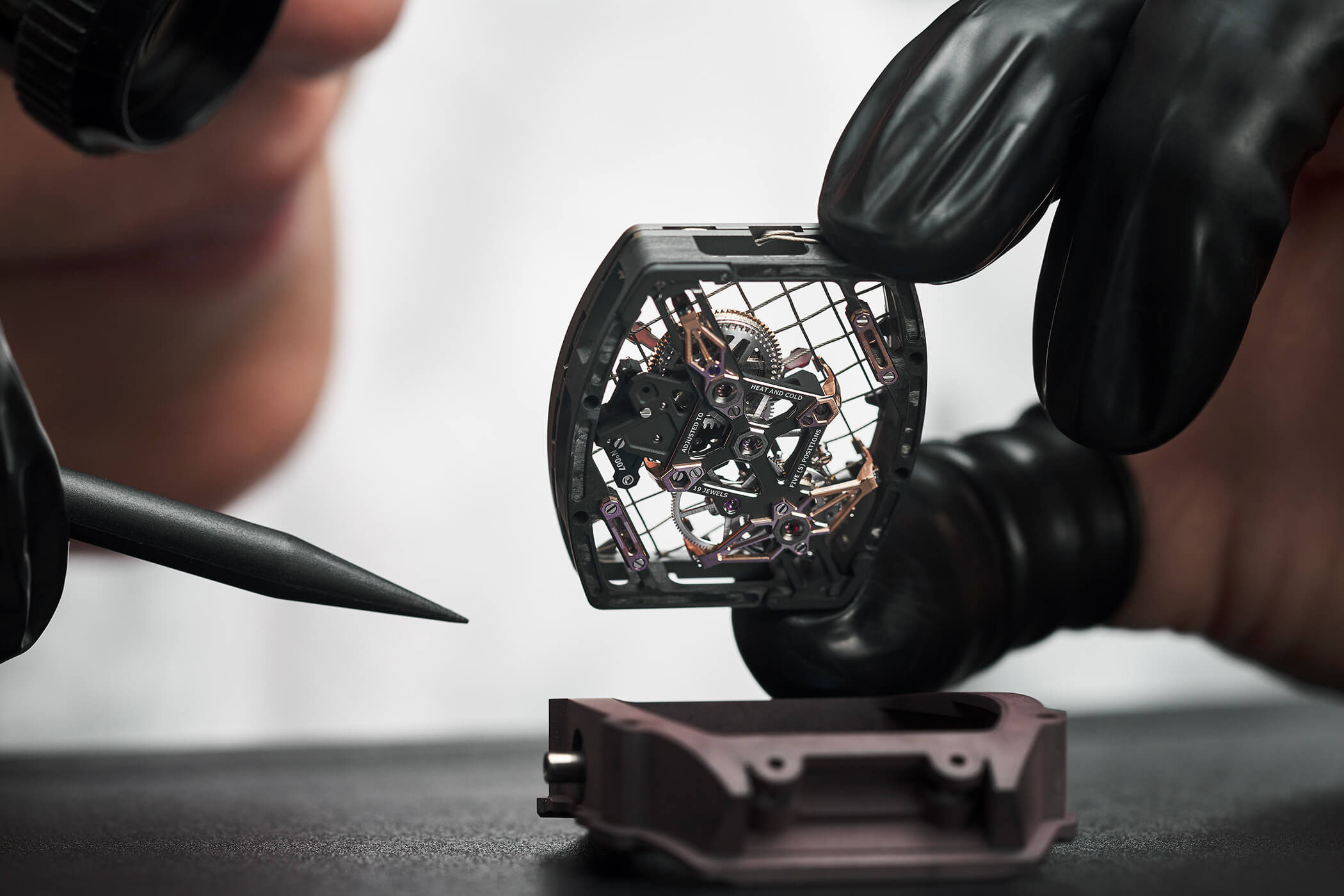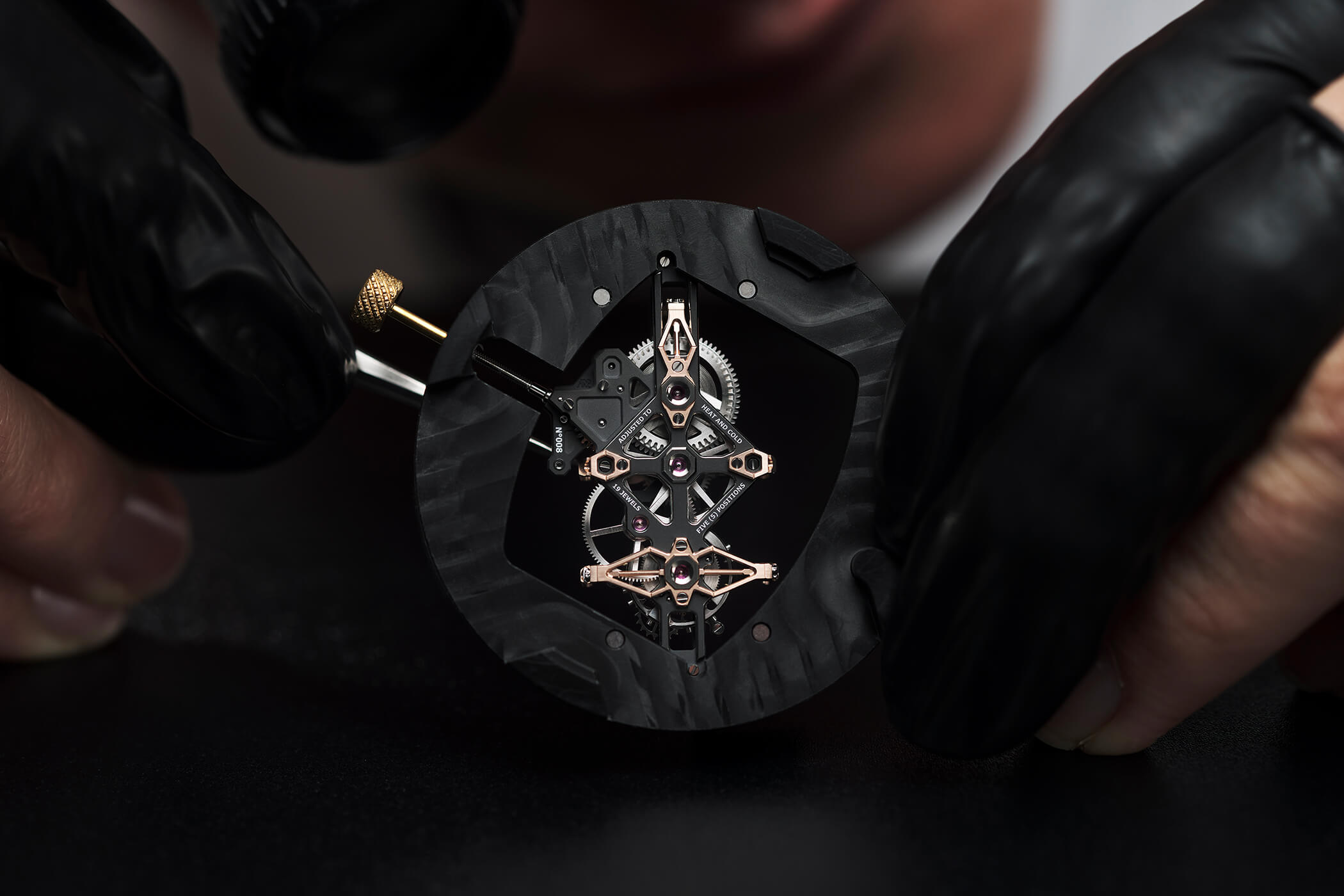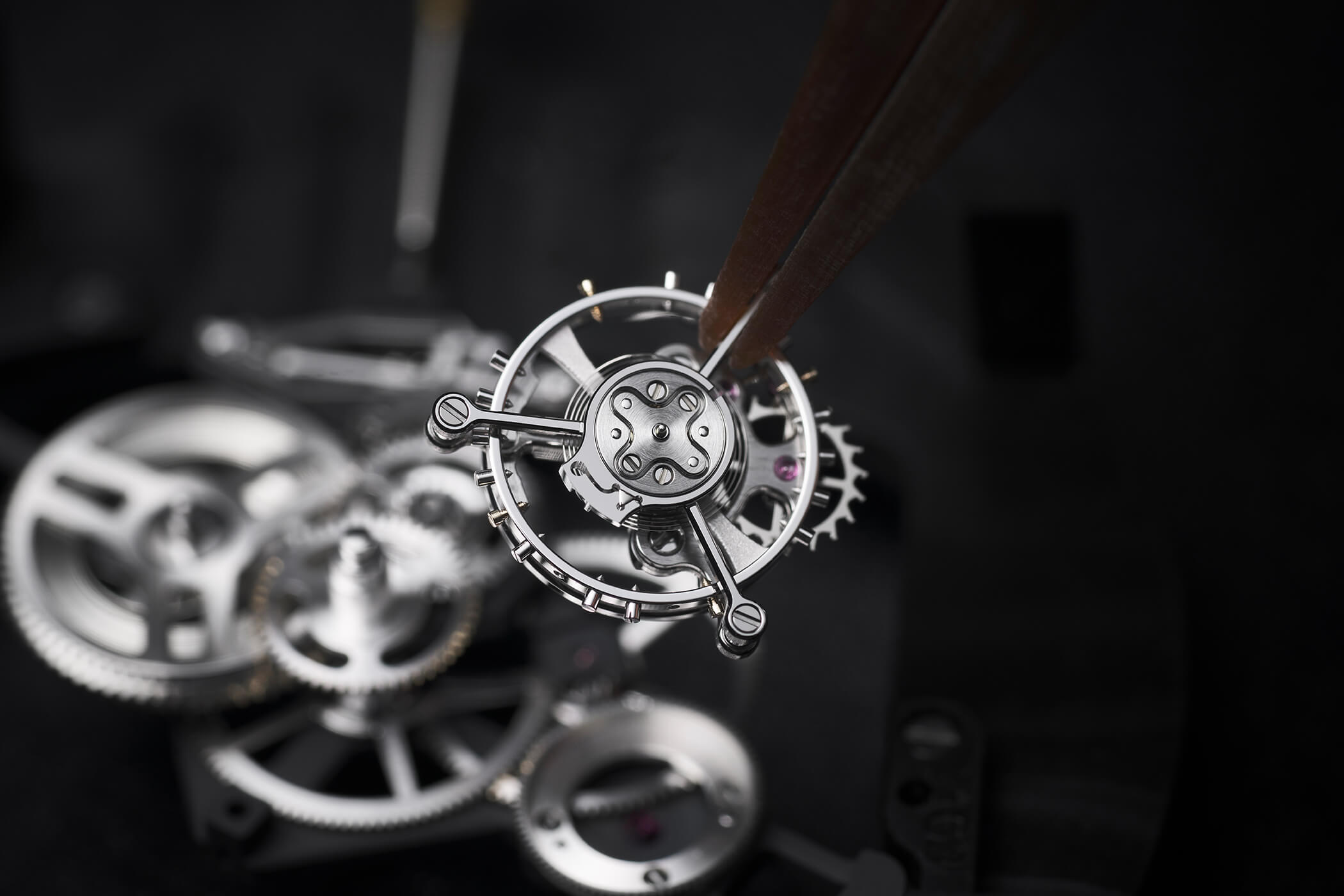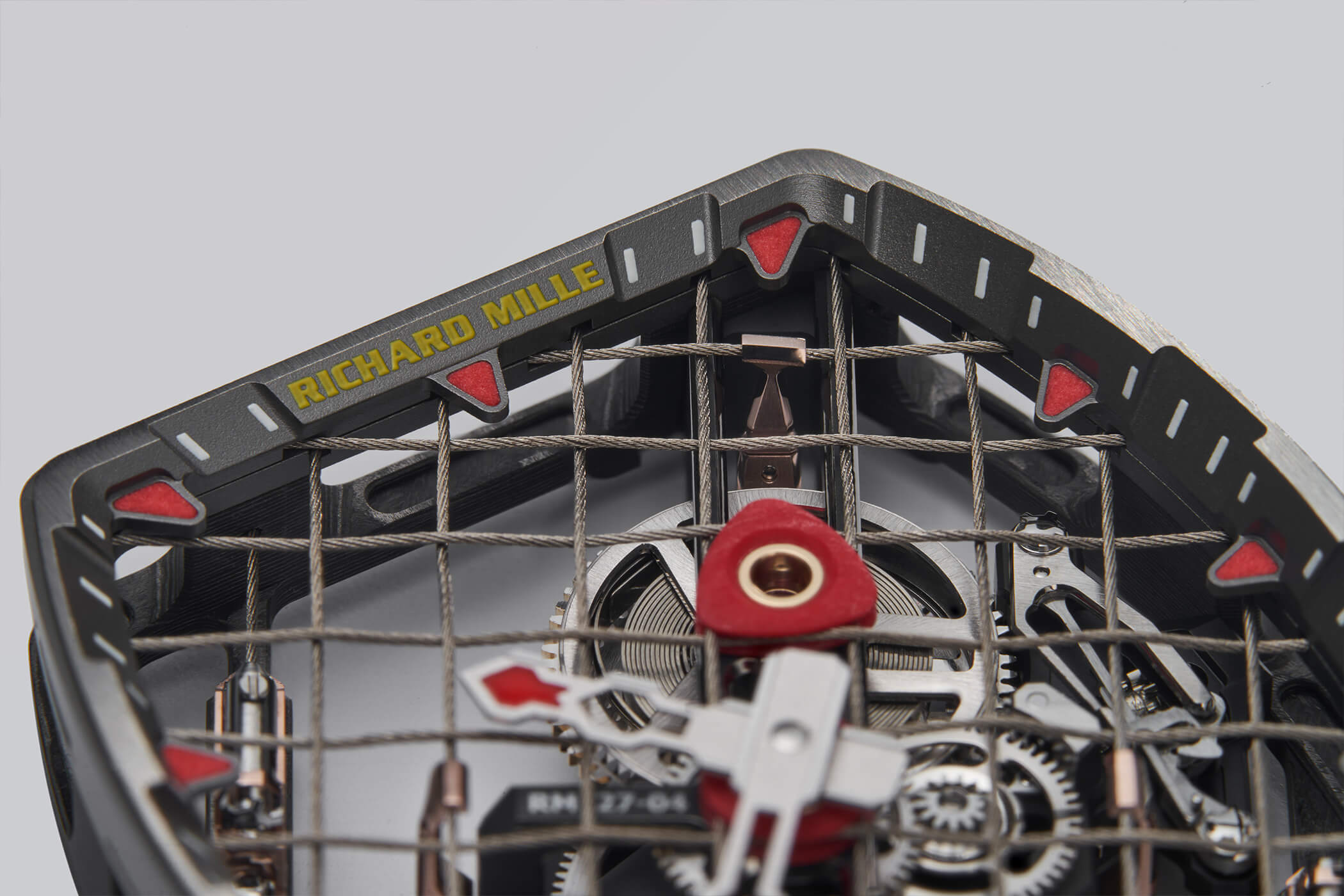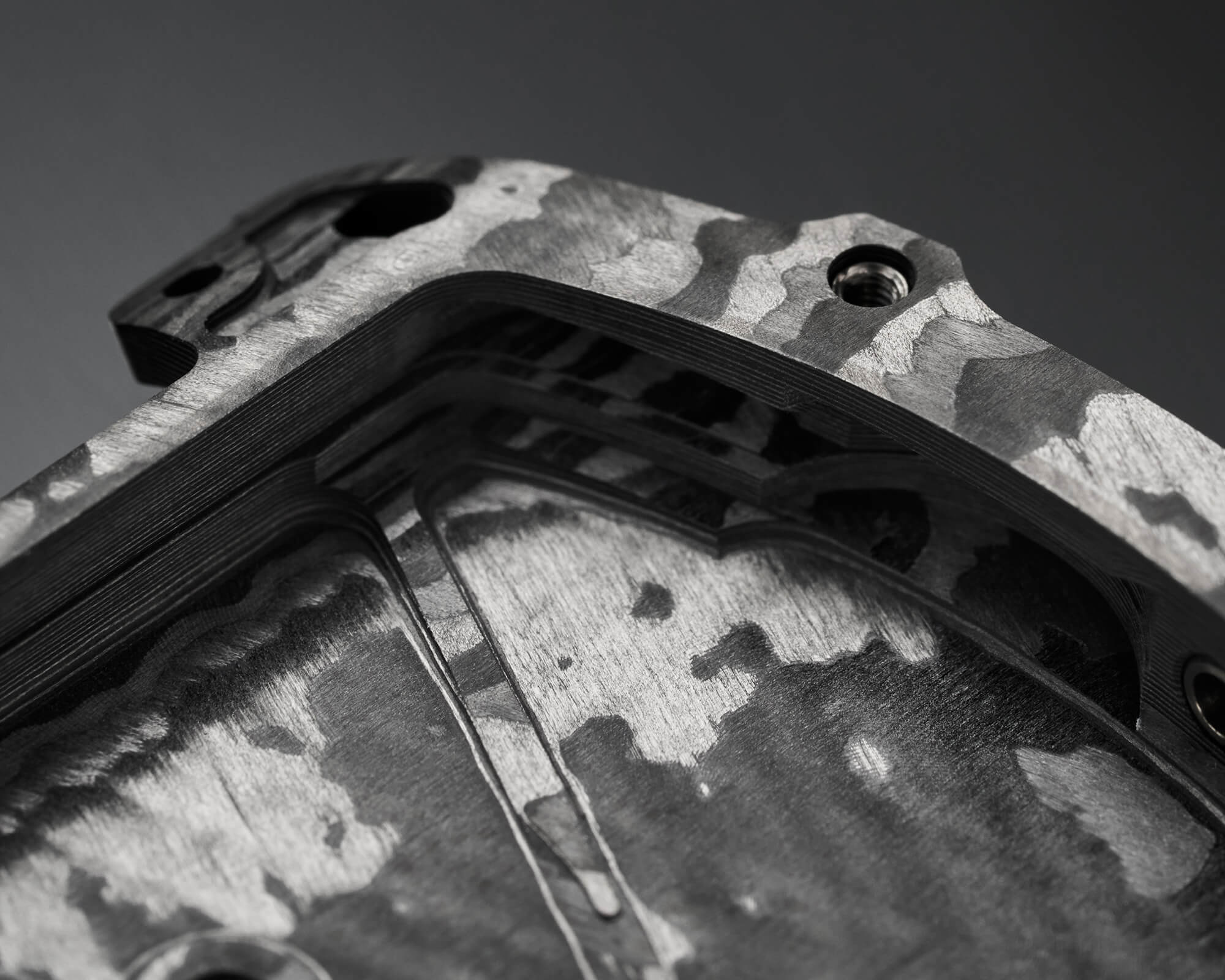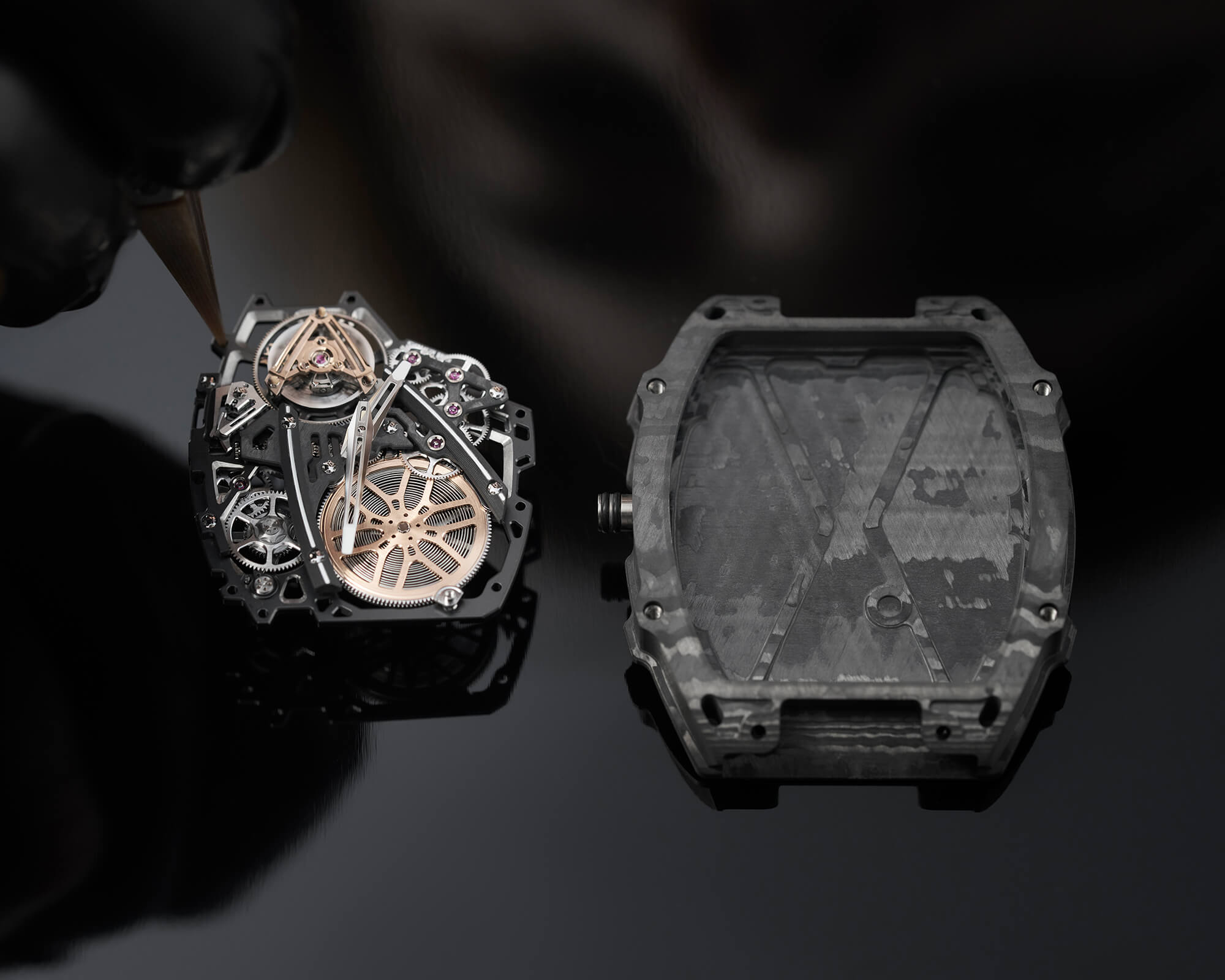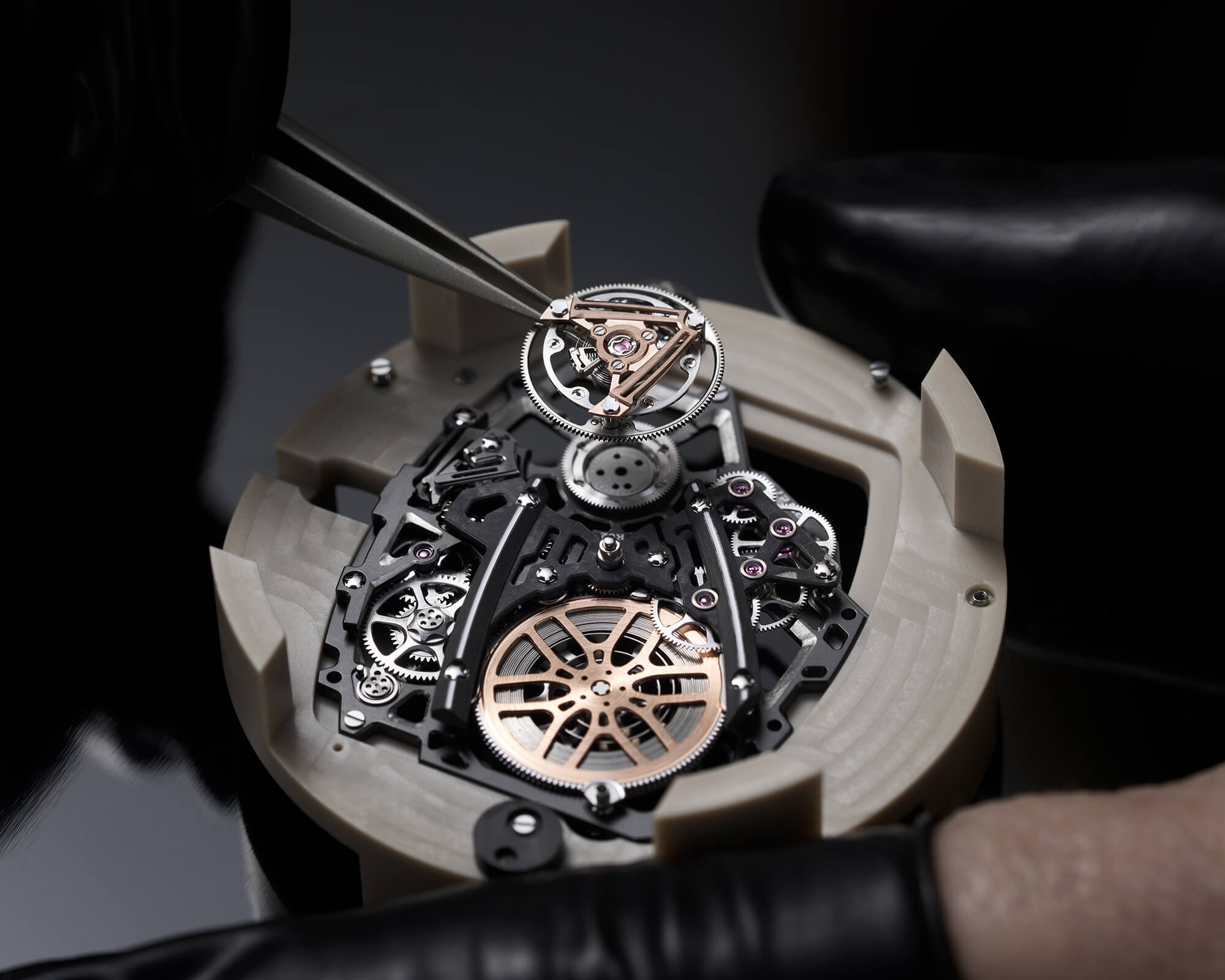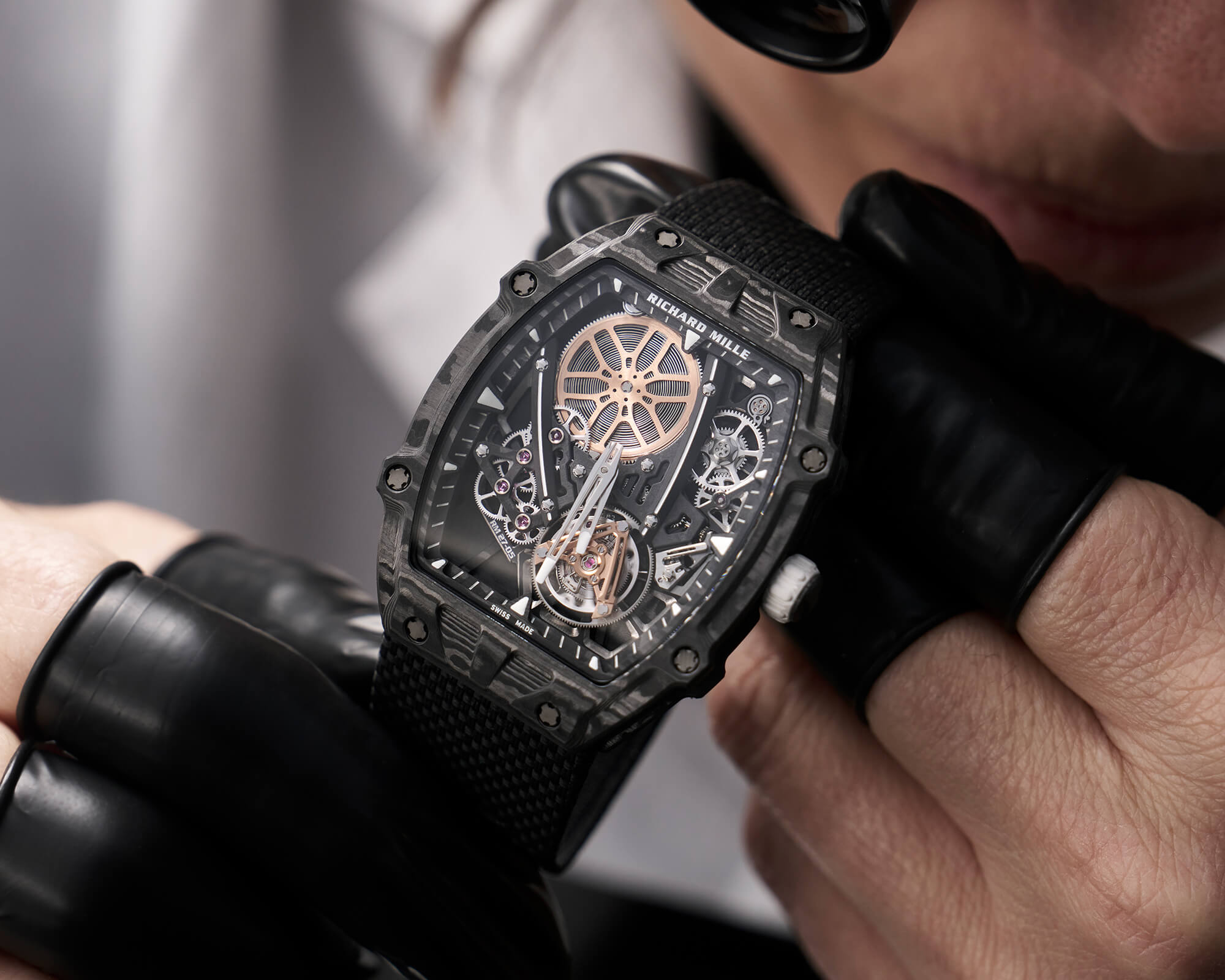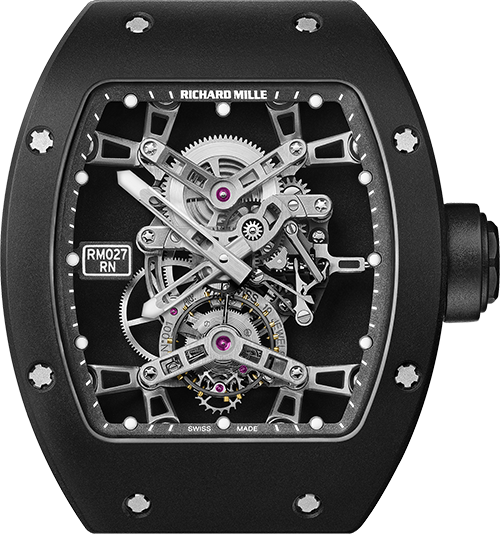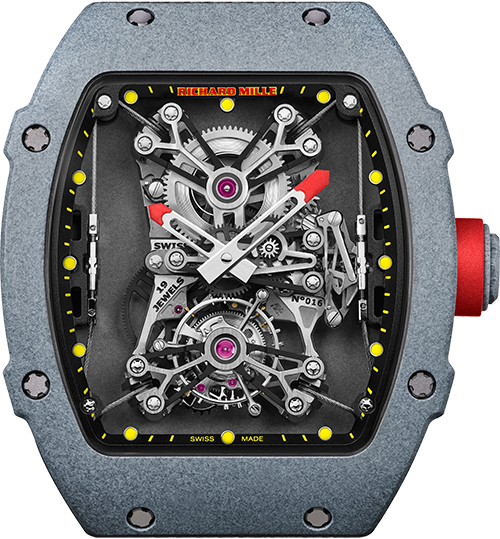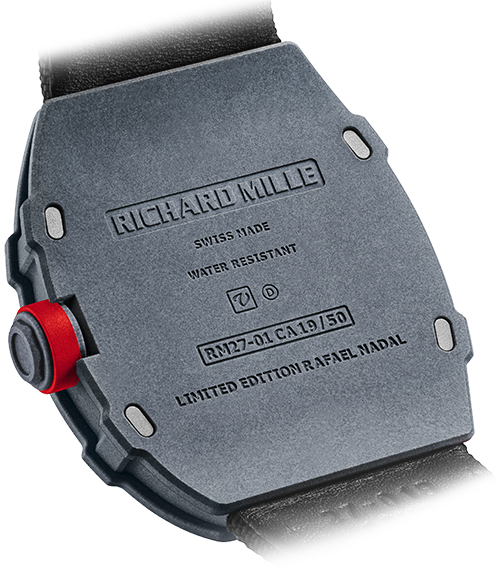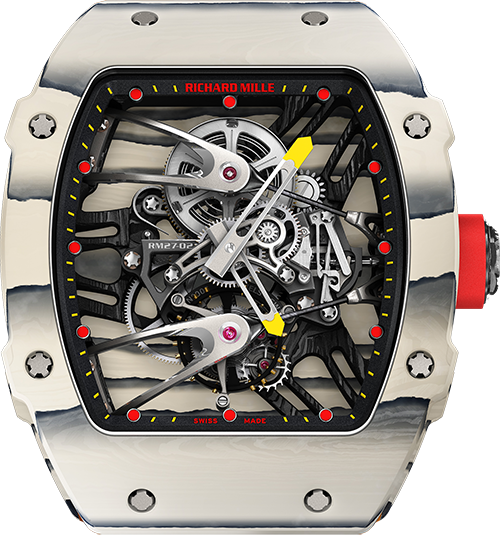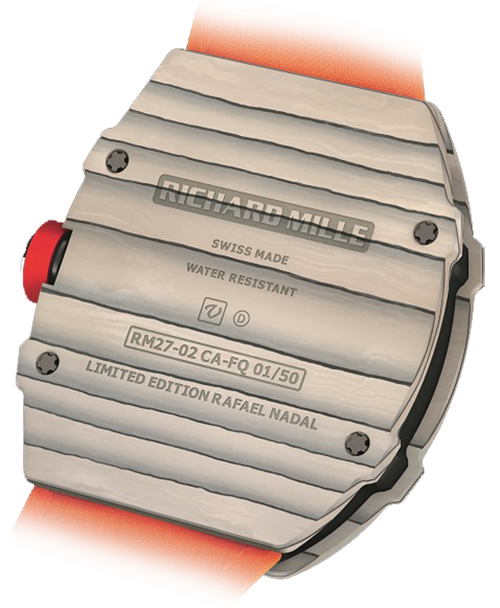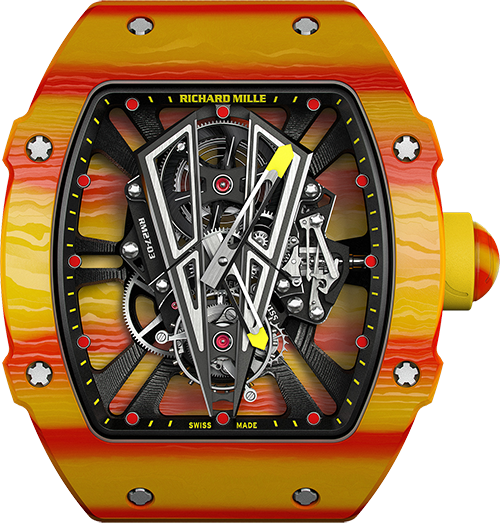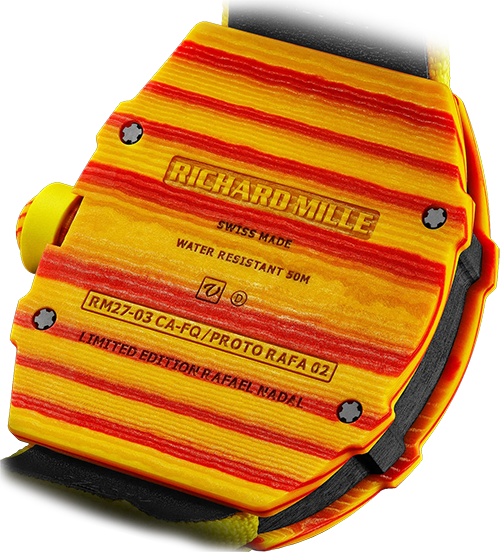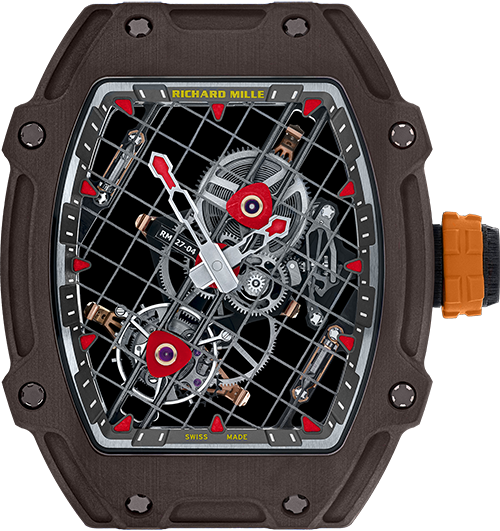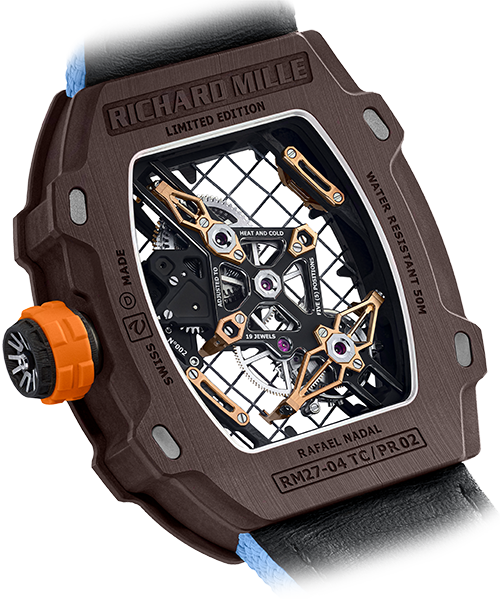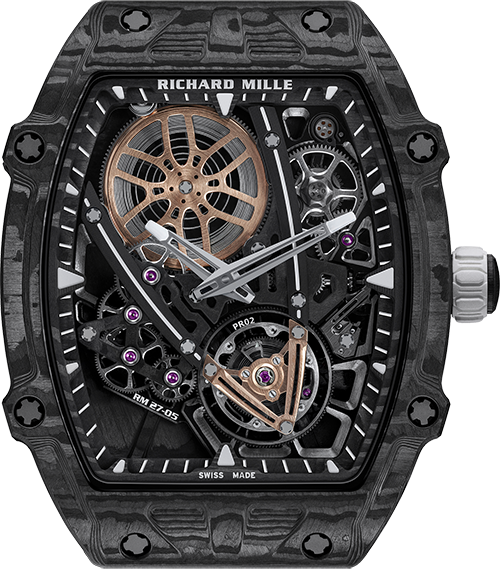Of the many partnerships that Richard Mille has entered into with athletes from a wide variety of fields over the years, none has produced as many world records and left such a lasting impression on the watchmaking world as the one with Rafael Nadal. Back in 2008, Richard Mille approached Nadal and his team with an idea that would change the course of Richard Mille’s company history: Rafael Nadal would compete in all matches with his Richard Mille on his wrist, just as the racing driver Felipe Massa, who drives every Formula 1 race with his watch, had done. However, this communication strategy, with an unprecedented idea, harboured a number of technical problems: how to design a watch that could withstand the extreme style of an athlete nicknamed the ‘Bull from Manacor’?
What few could have guessed at the time, however, was that the very challenges Nadal’s playing style presented to the engineers would become the innovation driver that ultimately determined the success of the series. The extreme level of control in Nadal’s stroke required movement designs that would maintain their precision and functionality despite the massive impact. His double backhand required a light yet robust strap – the birth of the Velcro strap – and in order not to impair his game, the case had to be as light as possible, which ultimately led to the discovery of new materials.
At the French Open in 2010, the time had finally come. Richard Mille’s teams presented the RM 027, the watch that was specifically tailored to Nadal and his style of play. Looking back, we can say that over the following ten years, the partnership produced watches that would fundamentally change the way Richard Mille watches are designed and manufactured today. What sets this collaboration apart from others of the brand is that Nadal achieved some of his greatest career successes while wearing a Richard Mille on his wrist. With each new Nadal watch, you could see a tangible technical advancement and trace the evolution of the brand through this series. In this article, we take an in-depth look at each watch in the collection and the innovations they brought.
